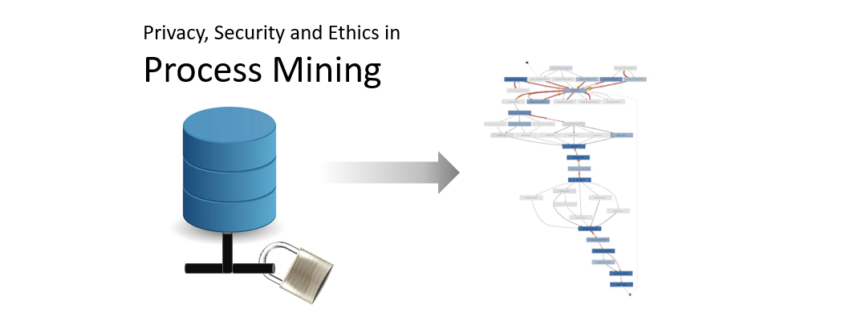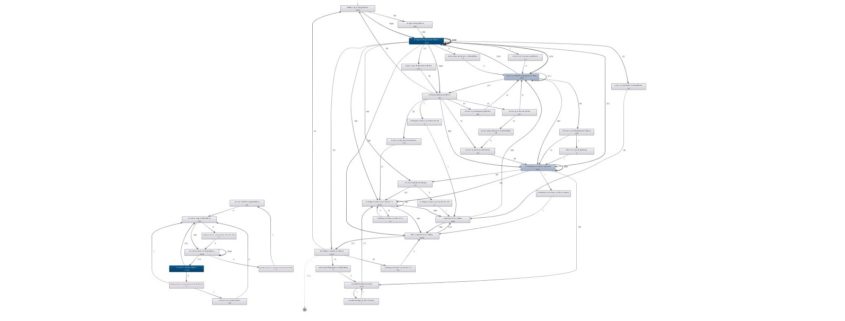Clarify Goal of the Analysis – Process Mining Rule 1 of 4
This is article no. 1 of the four-part article series Privacy, Security and Ethics in Process Mining.
![]() Read this article in German:
Read this article in German:
“Datenschutz, Sicherheit und Ethik beim Process Mining – Regel 1 von 4“
Clarify Goal of the Analysis
The good news is that in most situations Process Mining does not need to evaluate personal information, because it usually focuses on the internal organizational processes rather than, for example, on customer profiles. Furthermore, you are investigating the overall process patterns. For example, a process miner is typically looking for ways to organize the process in a smarter way to avoid unnecessary idle times rather than trying to make people work faster.
However, as soon as you would like to better understand the performance of a particular process, you often need to know more about other case attributes that could explain variations in process behaviours or performance. And people might become worried about where this will lead them.
Therefore, already at the very beginning of the process mining project, you should think about the goal of the analysis. Be clear about how the results will be used. Think about what problem are you trying to solve and what data you need to solve this problem.
Do:
- Check whether there are legal restrictions regarding the data. For example, in Germany employee-related data cannot be used and typically simply would not be extracted in the first place. If your project relates to analyzing customer data, make sure you understand the restrictions and consider anonymization options (see guideline No. 3).
- Consider establishing an ethical charter that states the goal of the project, including what will and what will not be done based on the analysis. For example, you can clearly state that the goal is not to evaluate the performance of the employees. Communicate to the people who are responsible for extracting the data what these goals are and ask for their assistance to prepare the data accordingly.
Don’t:
- Start out with a fuzzy idea and simply extract all the data you can get. Instead, think about what problem are you trying to solve? And what data do you actually need to solve this problem? Your project should focus on business goals that can get the support of the process managers you work with (see guideline No. 4).
- Make your first project too big. Instead, focus on one process with a clear goal. If you make the scope of your project too big, people might block it or work against you while they do not yet even understand what process mining can do.


